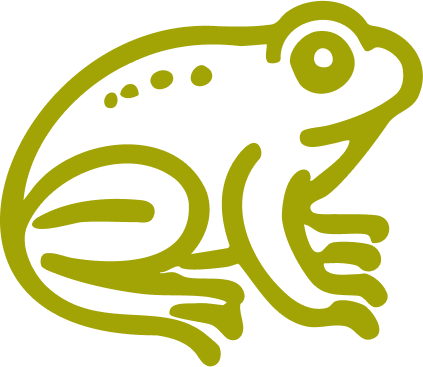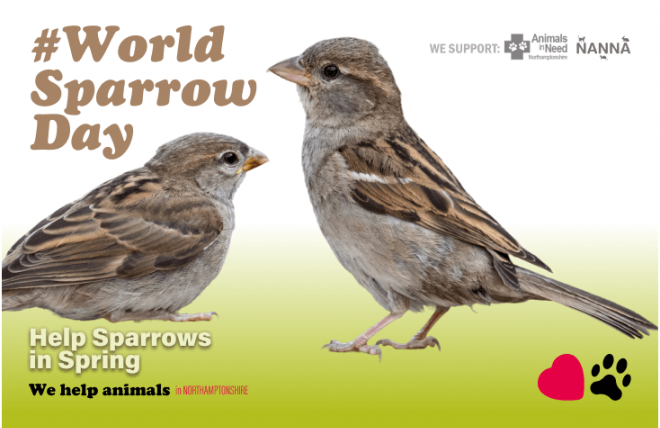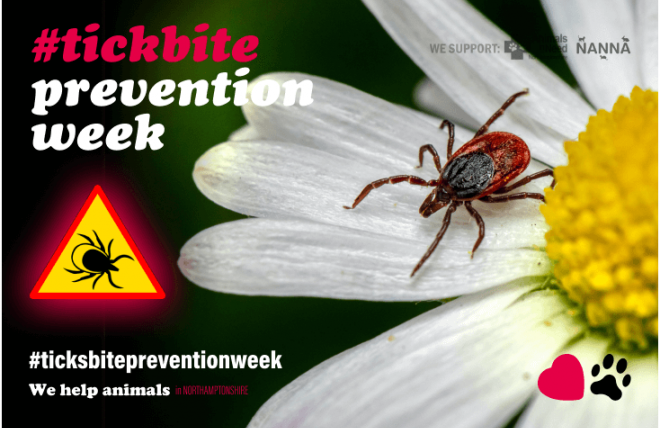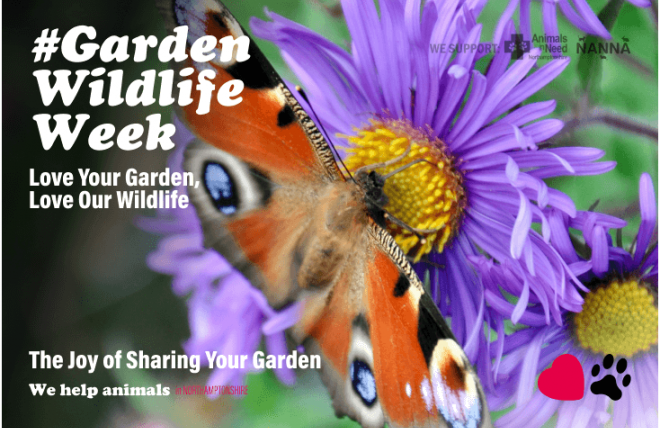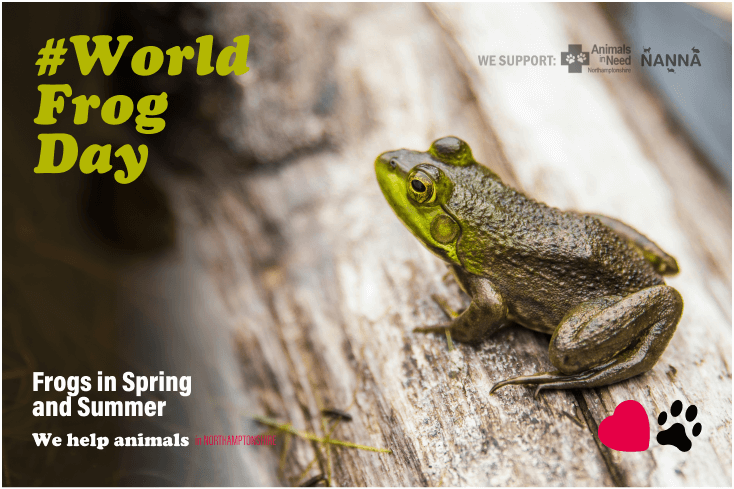
The Emergence of UK Frogs in Spring and Summer: How to Assist and What to Avoid
As the UK transitions into spring and summer, various frog species become increasingly active, embarking on breeding and foraging activities. Understanding these species and knowing how to support them can enhance local biodiversity and foster a healthier ecosystem.
Common Frog Species in the UK
- Common Frog (Rana temporaria): Typically brown, olive green, or grey, these frogs have smooth skin, long hind legs with dark bands, and a distinctive dark 'mask' behind the eyes. They are widespread across the UK and are often found in gardens and ponds. en.wikipedia.org

By Richard Bartz, Munich aka Makro Freak Image:MFB.jpg - Own work, CC BY-SA 2.5, Link - Pool Frog (Pelophylax lessonae): Once thought extinct in the UK, the pool frog has been reintroduced in certain areas. They are brown or green with dark blotches and a cream or yellow stripe down their back. en.wikipedia.org
By Piet Spaans - Own work, CC BY-SA 2.5, Link - Marsh Frog (Pelophylax ridibundus): Introduced to the UK, marsh frogs are the largest native frogs, reaching up to 10 cm in length. They vary in colour from dark green to brown or grey, often with a lighter line on their back. en.wikipedia.org

By Charles J. Sharp - Own work, from Sharp Photography, sharpphotography, CC BY-SA 4.0, Link - Natterjack Toad (Epidalea calamita): Although a toad, it's worth mentioning due to its rarity. Identified by a yellow line down its back and shorter legs, leading to a distinctive gait. They are found in specific coastal habitats. en.wikipedia.org
How to Support Frogs
|
|
Create or Maintain Garden PondsFrogs require ponds for breeding. Ensure ponds have shallow areas and are free from fish, which can prey on tadpoles. Avoid introducing non-native plant species. |
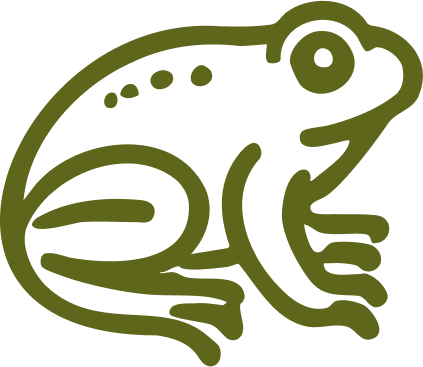 |
Provide ShelterLog piles, stone heaps, and dense vegetation offer shelter and foraging grounds for frogs. |
 |
Avoid Chemical UsePesticides and herbicides can harm frogs directly or reduce their prey availability. Opt for organic gardening methods. |
|
|
Help with Counting and ConservationGet involved in local projects |
What to Avoid
|
|
Translocating FrogspawnMoving frogspawn between ponds can spread diseases and invasive species. It's best to let nature take its course. arc-trust.org |
|
|
Introducing Fish to PondsFish can consume large numbers of tadpoles, reducing frog populations. |
What to Avoid
- Translocating Frogspawn: Moving frogspawn between ponds can spread diseases and invasive species. It's best to let nature take its course. arc-trust.org
- Introducing Fish to Ponds: Fish can consume large numbers of tadpoles, reducing frog populations.
Recognizing Frog Activity
In early spring, look for clumps of jelly-like frogspawn in ponds. As temperatures rise, nocturnal croaking becomes more frequent, especially after rain. Observing these signs indicates a healthy amphibian presence. theguardian.com
Kettering Nature Group: Supporting Amphibian Conservation
The Kettering Nature Group is dedicated to enhancing biodiversity in and around Kettering. They engage in nature education events and citizen science projects, focusing on local wildlife, including amphibians. playkettering.org+2Instagram+2ketteringnaturegroup.com+2
Contact Information:
- Website: Kettering Nature Group ketteringnaturegroup.com
- Facebook: Kettering Nature Group on Facebook
- Instagram: @ketteringnaturegroup
By participating in their initiatives, individuals can contribute to the conservation of amphibians and other wildlife, ensuring these species continue to thrive in their natural habitats.
If you were inspired by this article and you would like to help animals in the area with us, join us, or if you do not feel that it is for you but you have a friend who cares about animal welfare - let them know. We are looking for volunteers.
There are so many things to do. ❤🐾

